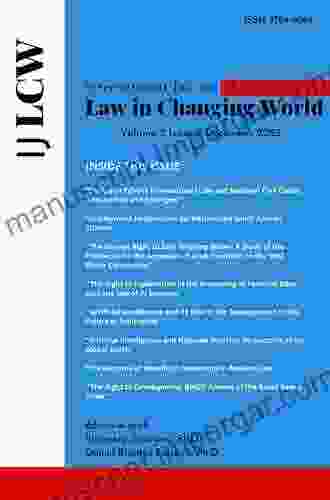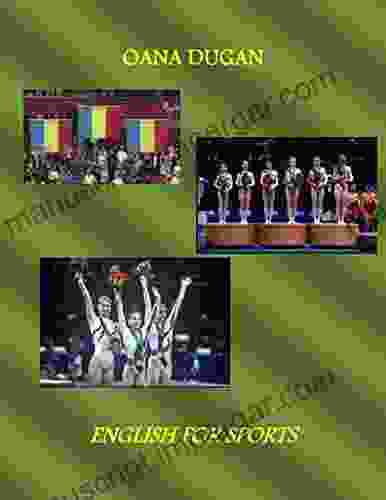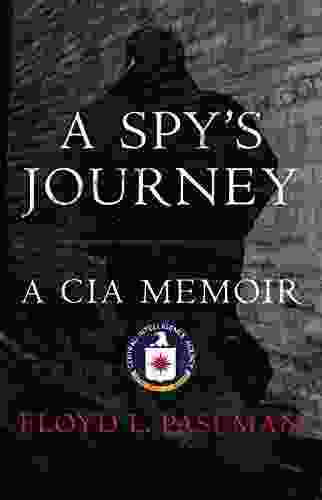Unveiling the Secrets of US Special Forces and Counterinsurgency in Vietnam

Delving into the Elite World of Unconventional Warfare
The Vietnam War stands as a complex and controversial chapter in American history, marked by intense debates and conflicting perspectives. Amidst the complexities of the conflict, the role of US Special Forces and their counterinsurgency operations has remained shrouded in secrecy and intrigue. This comprehensive article aims to shed light on this fascinating and often misunderstood aspect of the Vietnam War, exploring the strategies, challenges, and impact of elite Special Forces units in the fight against communist insurgency.
Origins of US Special Forces in Vietnam
The seeds of US Special Forces involvement in Vietnam were sown in the early years of the Cold War. As communist forces gained traction throughout Southeast Asia, the United States sought to counter their influence by supporting anti-communist regimes and bolstering their military capabilities. In 1957, US Special Forces teams were deployed to South Vietnam to train and advise the Army of the Republic of Vietnam (ARVN) in counterinsurgency techniques.
5 out of 5
| Language | : | English |
| File size | : | 766 KB |
| Text-to-Speech | : | Enabled |
| Screen Reader | : | Supported |
| Enhanced typesetting | : | Enabled |
| Word Wise | : | Enabled |
| Print length | : | 200 pages |
The Nature of Counterinsurgency Warfare
Counterinsurgency operations are a unique form of warfare that involves combating irregular forces, often operating in civilian populations. Unlike conventional warfare, which relies heavily on large-scale troop movements and direct confrontations, counterinsurgency focuses on gaining the support of the local populace, disrupting enemy supply lines, and dismantling insurgent networks.
The Role of US Special Forces in Counterinsurgency
US Special Forces were ideally suited for counterinsurgency operations in Vietnam. Their small size, specialized training, and unconventional tactics allowed them to operate effectively in remote and hostile environments. Special Forces units were tasked with a wide range of missions, including:
- Training and advising ARVN forces
- Conducting reconnaissance and intelligence-gathering operations
- Leading unconventional warfare raids against enemy targets
- Establishing and maintaining liaison with local communities
Key Strategies and Tactics
To achieve their objectives, US Special Forces employed a variety of strategies and tactics in Vietnam. These included:
- Village Stability Operations (VSO): A central strategy that focused on securing rural villages from insurgent influence by providing security, medical assistance, and economic development.
- Combined Action Program (CAP): A joint operation between Special Forces and ARVN units that involved living and working alongside local communities to gain their trust and gather intelligence.
- Covert Operations: Special Forces teams conducted covert missions to gather intelligence, sabotage enemy operations, and eliminate high-value targets.
- Unconventional Warfare: US Special Forces played a crucial role in training and supporting indigenous forces in guerrilla warfare tactics to resist enemy incursions.
Challenges and Obstacles
Despite their effectiveness, US Special Forces faced numerous challenges in Vietnam. These included:
- Language and Cultural Barriers: Operating in a foreign country with limited language proficiency and cultural understanding posed significant obstacles for Special Forces teams.
- Political Constraints: The political realities of the war often limited the scope and effectiveness of Special Forces operations.
- Enemy Tactics: The Viet Cong and North Vietnamese Army (NVA) employed elusive guerrilla tactics that made it difficult for US forces to engage them in direct combat.
- Media Scrutiny: The Vietnam War was closely covered by the media, which sometimes cast a critical eye on Special Forces operations, leading to public scrutiny and controversy.
Assessment of Impact and Legacy
The impact of US Special Forces operations in Vietnam is a subject of ongoing debate. Some argue that they played a crucial role in preventing a communist victory, while others contend that their efforts were ultimately unsuccessful. Nonetheless, there is little doubt that Special Forces left a lasting legacy in the realm of counterinsurgency warfare.
- Establishment of Special Operations Command: The lessons learned from Vietnam led to the creation of US Special Operations Command (SOCOM) in 1987, unifying all Special Forces units under a single command.
- Developments in Counterinsurgency Doctrine: The strategies and tactics employed by US Special Forces in Vietnam continue to influence counterinsurgency doctrine and training worldwide.
- Enhanced Interagency Cooperation: The war highlighted the importance of interagency cooperation in counterinsurgency operations, leading to closer coordination between military, intelligence, and diplomatic efforts.
: Unveiling the Hidden History
The involvement of US Special Forces in counterinsurgency operations during the Vietnam War remains a fascinating and complex chapter in military history. Their strategies, challenges, and legacy offer valuable insights into the nature of unconventional warfare and its implications for modern conflicts. By unveiling the hidden history of US Special Forces in Vietnam, we gain a deeper understanding of the challenges faced by these elite units and their enduring impact on counterinsurgency doctrine and practice.
5 out of 5
| Language | : | English |
| File size | : | 766 KB |
| Text-to-Speech | : | Enabled |
| Screen Reader | : | Supported |
| Enhanced typesetting | : | Enabled |
| Word Wise | : | Enabled |
| Print length | : | 200 pages |
Do you want to contribute by writing guest posts on this blog?
Please contact us and send us a resume of previous articles that you have written.
 Book
Book Novel
Novel Page
Page Chapter
Chapter Text
Text Story
Story Genre
Genre Reader
Reader Library
Library Paperback
Paperback E-book
E-book Magazine
Magazine Newspaper
Newspaper Paragraph
Paragraph Sentence
Sentence Bookmark
Bookmark Shelf
Shelf Glossary
Glossary Bibliography
Bibliography Foreword
Foreword Preface
Preface Synopsis
Synopsis Annotation
Annotation Footnote
Footnote Manuscript
Manuscript Scroll
Scroll Codex
Codex Tome
Tome Bestseller
Bestseller Classics
Classics Library card
Library card Narrative
Narrative Biography
Biography Autobiography
Autobiography Memoir
Memoir Reference
Reference Encyclopedia
Encyclopedia Christopher Lane
Christopher Lane Enrique Rojas
Enrique Rojas Teija Isohauta
Teija Isohauta Christopher Phillips
Christopher Phillips Christie Watson
Christie Watson John Lees
John Lees Walter Sextro
Walter Sextro Ganesh Swaminathan
Ganesh Swaminathan Christian Teja
Christian Teja Chicago Tribune
Chicago Tribune Christopher Catherwood
Christopher Catherwood Selco Begovic
Selco Begovic William F Trimble
William F Trimble Christopher W Leahy
Christopher W Leahy Chris Mckay
Chris Mckay Larry D Barnett
Larry D Barnett Robert Sklar
Robert Sklar Christine Didonato
Christine Didonato Christine Brown
Christine Brown Chris Boyd
Chris Boyd
Light bulbAdvertise smarter! Our strategic ad space ensures maximum exposure. Reserve your spot today!

 Raymond ChandlerTales From Old Japan: Unlocking the Enchanting World of Ancient Traditions...
Raymond ChandlerTales From Old Japan: Unlocking the Enchanting World of Ancient Traditions...
 Harvey HughesUnlock Your Child's Imagination: The Ultimate Guide to Kid-Friendly Furniture...
Harvey HughesUnlock Your Child's Imagination: The Ultimate Guide to Kid-Friendly Furniture... Jaden CoxFollow ·2.7k
Jaden CoxFollow ·2.7k Dale MitchellFollow ·7.9k
Dale MitchellFollow ·7.9k Douglas PowellFollow ·9.4k
Douglas PowellFollow ·9.4k Jules VerneFollow ·5k
Jules VerneFollow ·5k Alan TurnerFollow ·18.5k
Alan TurnerFollow ·18.5k Brennan BlairFollow ·13.6k
Brennan BlairFollow ·13.6k Brent FosterFollow ·13.8k
Brent FosterFollow ·13.8k Caleb LongFollow ·9.3k
Caleb LongFollow ·9.3k
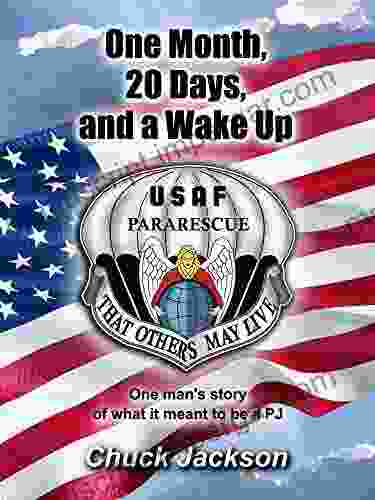
 E.E. Cummings
E.E. CummingsOne Man's Story of What It Meant to be Pj
In the tapestry of life,...

 Caleb Long
Caleb LongPattern Theory in Video Keno: Unveiling the Art of...
Embark on an enlightening journey into the...
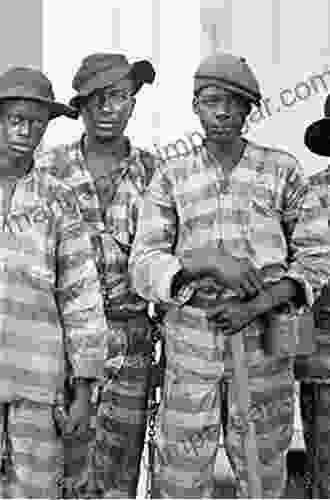
 Douglas Adams
Douglas AdamsUnveiling the Diplomatic Landscape: The Ottoman Empire,...
Delving into the History...

 Terry Bell
Terry BellThere Still Is No Off Season: Embracing Year-Round...
In a world consumed by routine and the allure...

 Ibrahim Blair
Ibrahim BlairBrain Teasers Games and Puzzles: Exercise Your Mind with...
Prepare to embark on a captivating journey...
5 out of 5
| Language | : | English |
| File size | : | 766 KB |
| Text-to-Speech | : | Enabled |
| Screen Reader | : | Supported |
| Enhanced typesetting | : | Enabled |
| Word Wise | : | Enabled |
| Print length | : | 200 pages |



